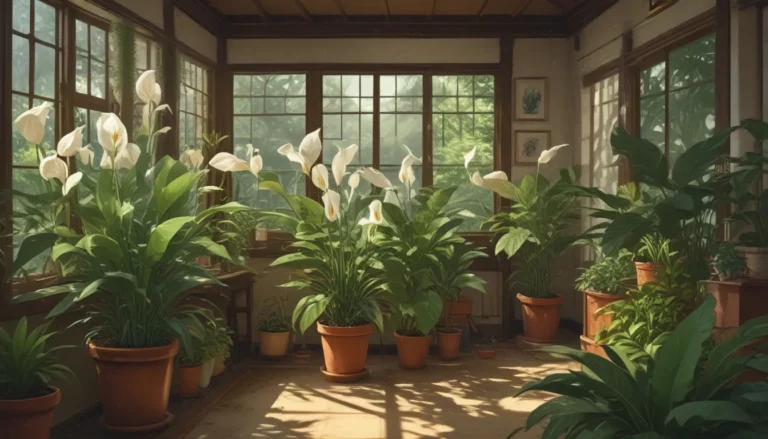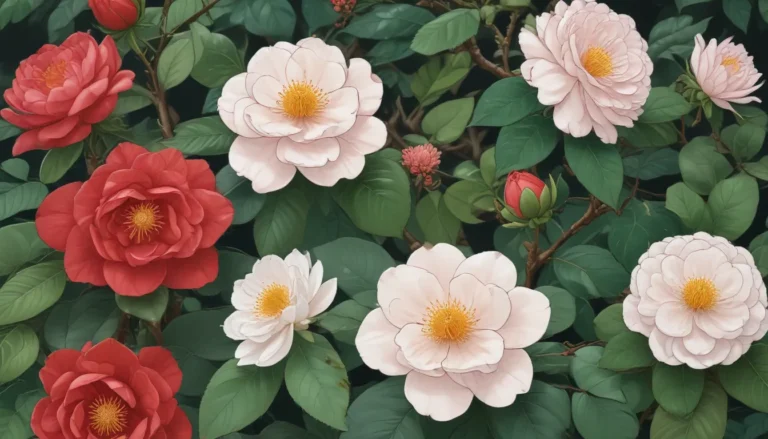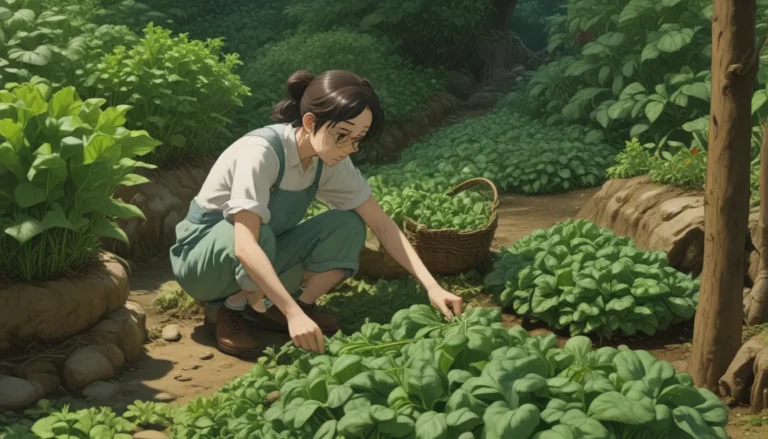The Complete Guide to Growing and Caring for Sea Thrift

Sea thrift, also known as Armeria maritima or sea pink, is a unique herbaceous perennial that thrives in USDA Hardiness Zones 4 to 8. Belonging to the vast Plumbaginaceae family of plants, sea thrift is resilient, low-maintenance, and perfect for coastal environments.
In this comprehensive guide, we will dive into the details of cultivating and caring for sea thrift in your outdoor space. From propagation to pruning, we’ll cover everything you need to know to help your sea thrift thrive.
Let’s get started!
What You’ll Learn
- Cultivation and History – Propagation – How to Grow – Growing Tips – Pruning and Maintenance – Cultivars to Select – Managing Pests and Disease – Best Uses – Quick Reference Growing Guide
Cultivation and History
Sea thrift, native to seaside regions in coastal Britain, northern Europe, and the North American Pacific Coast, is known for its striking appearance and ability to thrive in harsh conditions. Its green, grass-like foliage and colorful clusters of flowers make it a popular choice for gardens along the coast.
Propagation
There are several methods to propagate sea thrift, including from seeds, basal cuttings, divisions, and nursery transplants. Each method has its own advantages and challenges, but with the right approach, you can easily propagate sea thrift in your garden.
- From Seed: Collect seeds from the species plant and sow them directly outdoors in the spring or start them indoors for an early start.
- From Basal Stem Cuttings: Take basal cuttings in spring or summer to propagate new plants.
- By Division: Divide existing clumps before spring bloom or in early fall to create new plants.
- Transplanting: After all danger of frost has passed, transplant seedlings or nursery starts into the garden or containers.
How to Grow Sea Thrift
Growing sea thrift is relatively straightforward, provided you meet its basic requirements. Choose a sunny location with well-draining soil, and avoid overwatering and overly fertile conditions. With the right care, sea thrift can thrive and bloom beautifully in your outdoor space.
Growing Tips
- Use nutrient-poor, well-draining soil.
- Avoid amending the soil with organic matter or fertilizer.
- Provide sufficient sunlight and moderate watering.
- Keep the soil moist during establishment but avoid waterlogged conditions.
Pruning and Maintenance
To ensure healthy growth and longevity of your sea thrift, occasional pruning and maintenance are essential. Divide clumps, remove dead foliage, and deadhead spent flower stems to promote continued blooming. By staying on top of maintenance tasks, you can enjoy vibrant sea thrift in your garden year after year.
Cultivars to Select
While the species plant of sea thrift is a popular choice, there are also cultivated varieties available for home gardeners. From ‘Alba’ with white flowers to ‘Splendens’ with rose-pink blooms, these cultivars add diversity and color to your garden. Differentiate between the species plant and cultivars to ensure successful propagation.
Managing Pests and Disease
Although sea thrift is relatively resistant to pests and diseases, it’s important to monitor for common issues like leafhoppers, slugs, and fungal infections. Treat infestations promptly with appropriate methods to protect your plants and maintain their health and vigor.
Best Uses for Sea Thrift
Sea thrift is a versatile plant that can be used in various ways in your garden. Whether as a border plant, ground cover, or container specimen, sea thrift adds beauty and charm to any outdoor space. Combine it with other compatible plants to create a cohesive and visually appealing garden design.
Quick Reference Growing Guide
- Plant Type: Herbaceous perennial
- Flower/Foliage Color: Pink, lavender, white/green
- Native to: Coastal Britain, northern Europe, North American Pacific Coast
- Tolerance: Deer, drought, dry/poor/rocky soil, heavy metal contamination, rabbits, salt, wind
- Hardiness (USDA Zone): 4-8
- Maintenance: Moderate
- Bloom Time: Spring, sporadic summer with deadheading
- Soil Type: Lean, rocky, sandy
- Exposure: Full sun to part shade
- Soil pH: 4.0-10.0
- Spacing: 6-12 inches
- Soil Drainage: Well-draining
- Height: 6-12 inches
- Spread: 6-12 inches
- Water Needs: Low
- Attracts: Bees, beetles, butterflies, flies, moths
- Companion Planting: Aubretia, columbine, coreopsis, dianthus, fleabane, geranium, gumweed, loosestrife, sand verbena, stonecrop
Final Thoughts
Sea thrift is a resilient and beautiful plant that adds grace and color to any garden. By following the guidelines outlined in this guide, you can successfully grow and care for sea thrift in your outdoor space. Experiment with different propagation methods, cultivars, and planting arrangements to create a vibrant and flourishing sea thrift garden.
Do you currently grow sea thrift in your garden? Share your experiences and tips in the comments below. We’d love to hear from you!
If you enjoyed this article and want to explore more gardening topics, check out our recommended resources on annuals, perennials, and self-seeding plants for your garden.
Thank you for reading, and happy gardening!





